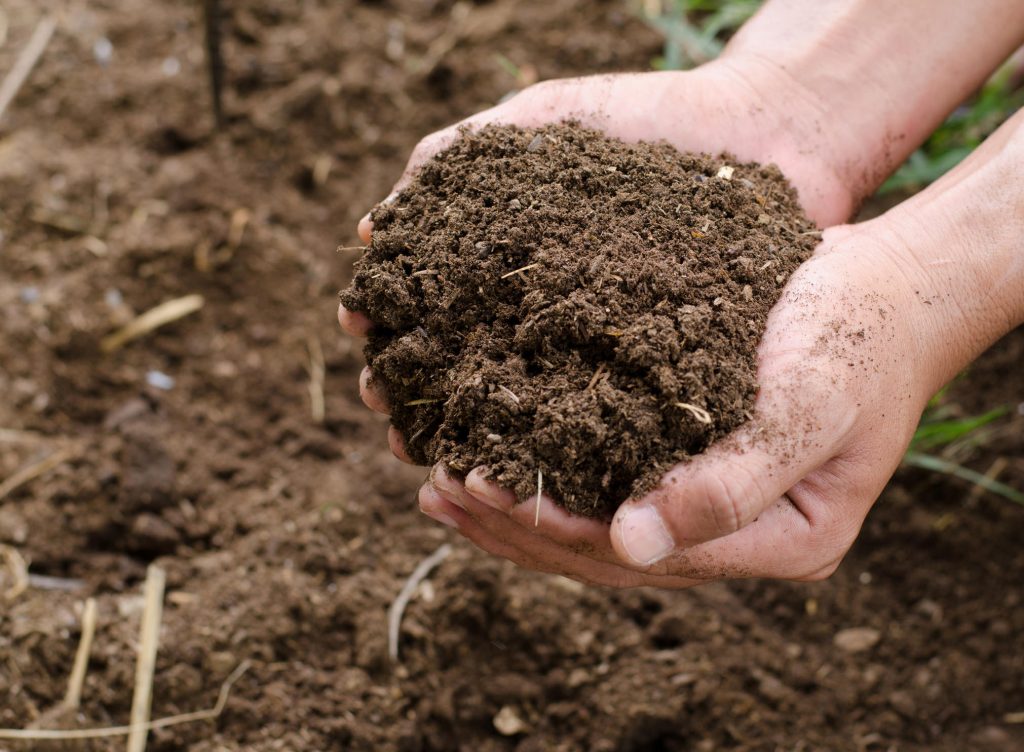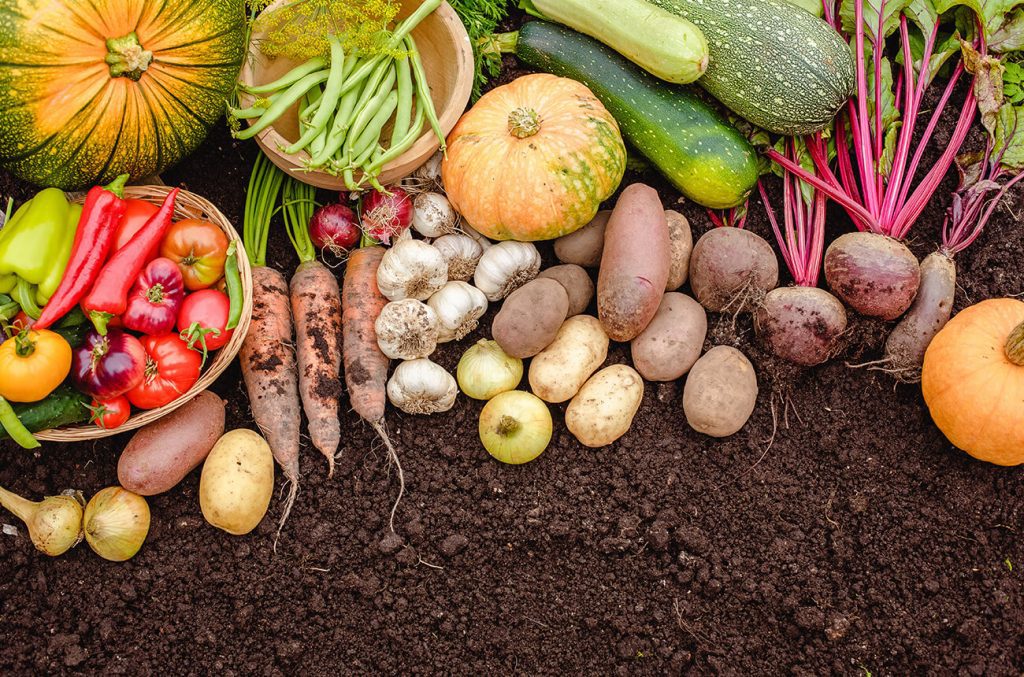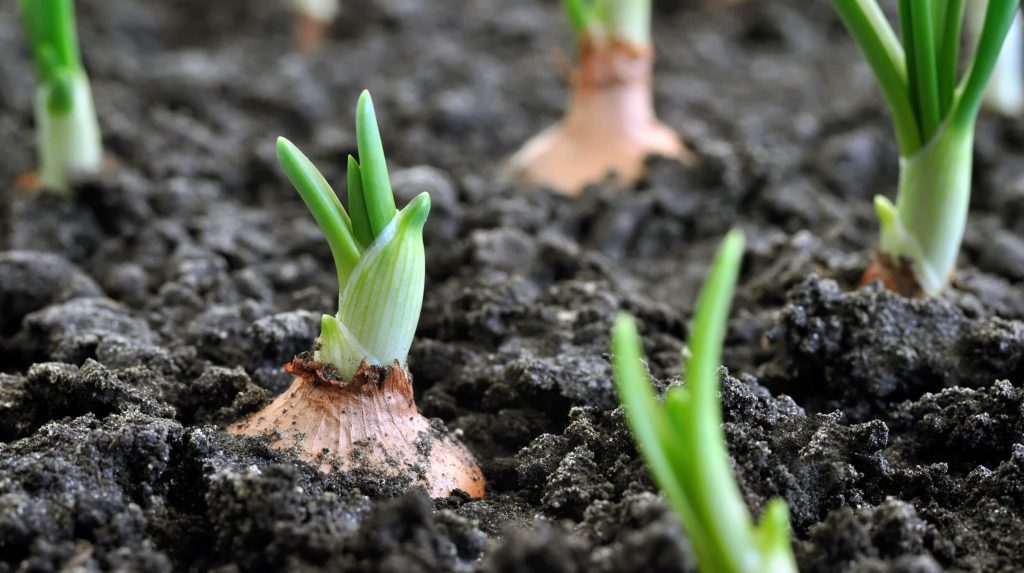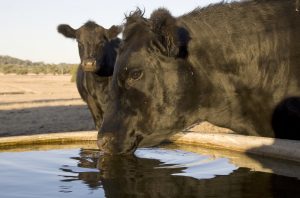Healthy soil is full of life and represents an ecosystem all of its own, a micro climate if you will – it is not just carbon, minerals and matter. The logic behind the saying “a healthy gut results in a healthy human” can also be adequately applied to the theory of “healthy soil results in healthy plants”. But we also need to take that further as it is the life that the soil enables that underpins the vast majority of what we call the “Food Chain”. The biota in the soil along with organic matter to feed it, mineral content, gasses and moisture, all combine to create an environment that can then support life and from there, even more life. Everything that lives has to feed from something that has lived, and to think that we can short cut a few steps and remove a few links from this chain of events, is fanciful and potentially fateful.
Great soil = great plants and an abundance of life. Poor soil = poor plants and limited life. When it comes to soil, the mineral content and availability of trace elements is vitally important yes, but it is the ability for complementary life forms to be able to live in the soil that will ultimately determine potential.



The right density, water absorption capacity, water retention capabilities such as organic matter and shade, composting capabilities and the ability to breathe are all general concepts that we look for when determining soil health. Hydrogen is essential in all life and it is here in healthy soil that this gas is produced and made available to the plant. The more hydrogen it is capable of producing, the more life it can ultimately support.
A substantial volume of evidence is proving that molecular hydrogen is able to assist with many aspects of plant growth, root development and stress responses due to the varying challenges it faces. Many of these challenges can be traced back to the soil, the microbial life within it, and the ability for that microbial life to produce hydrogen. Salinity for example creates an environment that is inhospitable for these microbes to live in, consequently reducing the plants access to the life giving by-product the soil microbes would normally provide. This in turn significantly hinders the ability of the plant to survive in these less favourable conditions.
The recipe of life has many facets and supplementing essential gasses into the soil that is deficient in microbial life due to drought, heat or salinity issues can bring back life where hope was once lost. For soil to be healthy enough to support the lives of the plants growing in it and of the animals that live on it, it is imperative that the essential gases of life can either be produced within the soil or can at least be supplemented into it. Aerobic life must come from an aerobic environment and to think otherwise is fanciful. All life starts the same way with cells dividing and multiplying again and again, and if its environment is not able to support this process, then it will stress, abort, and die.
“Soil Health” can be characterised by its ability to create the sustainable aerobic environment, nutrients and gasses that support life. Our entire planet depends on this vital living system. It is the microbes in the soil that facilitate the processes required to create that environment and with the death of the microbes, as is the case with herbicide and pesticide usage, so too ensuring the death of the soil environment and virtually all that comes from it.
- Great soil is full of life and has developed over millions of years
It is from the soil that life as we know it has evolved. The quality of that soil has been responsible for all that its’ environment can produce throughout all of history. It too will be responsible for all that its’ environment can produce into the future, make no mistake.
- Clearing it, exposes it
Forcing change upon an environment will undoubtedly change what can live there. Altering the food supply of the micro-organisms in the soil will of course have consequences for those organisms and the biodiversity that manages dis-ease.
- Poisoning it, kills it
Whatever is added, goes into the mix of life. Chemicals and potions that are designed to kill, will do exactly that. Perhaps slowly, but ultimately and inevitably, there will be no life left and the land will die. What can take tens of thousands of years to produce can be killed in just 30 or 40. If we keep this up, then us humans as a species are in all sorts of trouble.
- Supplementing the gasses brings back an environment that supports life
We know what to do about sustainable land and soil management, and it is just a matter of doing it. To stop poisoning and killing the microbes in the soil is the first thing, with the creation of a favourable aerobic environment right behind it. This will allow organic matter to grow, roots to develop, and regeneration to begin. Supplementing essential gasses by infusing into the existing watering system as the delivery method, has the potential to change the world.
- Regenerating and bringing back the organic matter
Regenerative farming ultimately means that the methods used are able to sustain the healthy living ecosystem of that farm, either in it, on it, or from it. Chemical free results are easily achieved when multiple crops and produce are introduced to complement each other in rotation and combination. Clean and natural from the microbiota in the soil, all the way through to the plate in front of you and your family.
- Humans are the top of the food chain
Whatever it is that we consume from the soil to sustain life, itself must come from the life within the soil where it also grew. We are what we eat they say, and whatever we do to the soil, we also do to ourselves. Dis-ease is a consequence manifesting at a weak point for whatever reason, but it is from our food where health and strength comes from, and it will only ever be as good as the environment it came from. The single biggest elements of life (hydrogen, oxygen, carbon and nitrogen) are what everything else is built on, and the ability of an organism to produce it, or access it, determines everything else.





